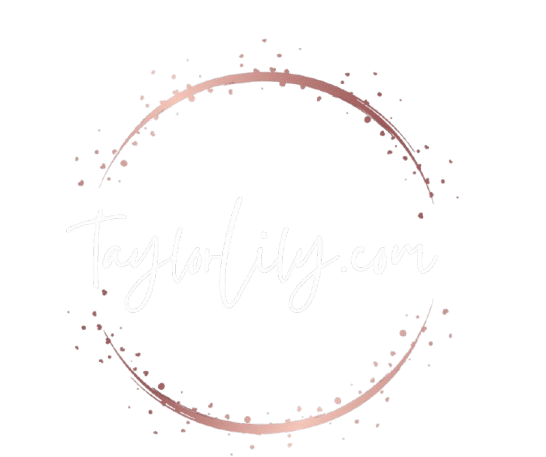QAD QAD Legacy Implementation Retirement QAD Manufacturing Software MigrationHey there, fellow tech enthusiasts! It’s Lilly, your go-to blogger for all things nerdy and true crime-obsessed. Today, I’m tackling a question that might have you scratching your head QAD QAD legacy implementation retirement QAD manufacturing software migration. What’s that even mean Let’s dive in and find out.As someone who’s always curious about the latest tech trends, I can imagine you’re wondering what’s behind this question. Are you a manufacturing professional looking to upgrade your software Or perhaps you’re a programmer trying to make sense of this jargon-filled phrase Whatever the case, I’m here to break it down for you.So, what does it mean to retire a QAD legacy implementation In simple terms, QAD is a manufacturing software that helps companies streamline their production processes. A legacy implementation refers to an older version of the software that’s no longer supported or maintained by the manufacturer. Think of it like an old iPhone that’s no longer receiving updates it’s still functional, but it’s not getting any better.Now, why would someone want to retire a legacy implementation Well, here are a few reasons Security risks Older software versions often have known vulnerabilities that hackers can exploit. By retiring the legacy implementation, you’re reducing the risk of a security breach. Incompatibility As new technologies emerge, older software might not be compatible with the latest hardware or systems. This can lead to integration issues and decreased productivity. Lack of support Manufacturers often stop supporting older software versions, which means you’re on your own when it comes to troubleshooting or fixing issues. Upgrade opportunities Retiring a legacy implementation can be a chance to upgrade to a newer, more advanced version of QAD software that offers improved features and functionality.So, what’s the migration process like It’s a bit like moving from an old apartment to a new one. You’ll need to Assess your current situation Evaluate your current software setup, identify any issues, and determine what you need to migrate. Choose a migration path Decide whether to upgrade to a newer version of QAD software or switch to a different manufacturing software altogether. Plan and execute the migration Work with your IT team to plan and execute the migration, ensuring minimal downtime and disruption to your operations. Test and refine Test your new software setup and refine it as needed to ensure it meets your business needs.In conclusion, retiring a QAD legacy implementation is a necessary step in maintaining the security, compatibility, and support of your manufacturing software. By understanding the reasons behind this process and following the migration steps, you can ensure a smooth transition to a newer, more advanced version of QAD software.And that’s it for today’s blog post! I hope you found this explanation helpful. If you did, I’d be forever grateful if you could do me a solid and buy me a coffee via my GoFundMe page (https//gofundme/f40c797c). Your gift can be the catalyst for change, empowering me to create more valuable content for you. Just one dollar can spread kindness like wildfire, or a small desk organizer to help keep your study or work area tidy. Writing these blogs takes time, and it helps keep things running while sharing value with you! Donate via the link, and $1 helps.Stay true crime-obsessed, and I’ll catch you in the next post!

Tech
coherent data fabric – TaylorLilly.com
Discover the power of a coherent data fabric, a unified platform that integrates data from multiple sources, enabling realtime insights and improved decisionmaking








